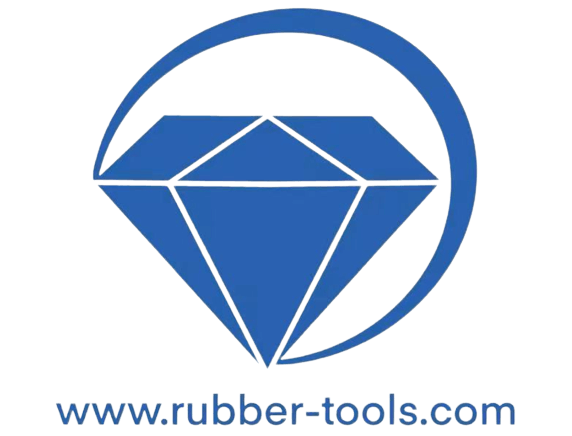In recent years, the concept of u-seal has gained significant traction in China, reflecting the country’s rapid technological advancements and evolving consumer preferences. This guide delves into the intricacies of u-seal, exploring its implications for businesses and consumers alike. Understanding u-seal is crucial for navigating the modern marketplace, where efficiency and security are paramount.
Readers can expect to learn about the origins of u-seal, its operational mechanisms, and its impact on various industries. We will also discuss the regulatory landscape surrounding u-seal in China, providing insights into compliance and best practices. By the end of this guide, you will have a comprehensive understanding of u-seal and its relevance in today’s digital economy.
A Comprehensive Guide to U-Seals in China
U-seals, also known as U-channels or U-shaped seals, are versatile components used extensively in various industries for sealing, edge protection, and decoration. China is a major manufacturer of U-seals, offering a wide range of products catering to diverse applications and specifications. This guide delves into the world of Chinese U-seals, exploring their technical features, material variations, and applications.
Understanding U-Seal Technology
U-seals are typically extruded profiles with a U-shaped cross-section. This design allows for easy installation by simply pushing the seal onto an edge, where it grips securely. Their flexibility enables them to conform to curved surfaces, making them suitable for a variety of applications. Manufacturers like www.shidarubber.com highlight the ease of installation and reusability as key advantages. The material choice significantly impacts the U-seal’s performance characteristics.
Technical Features of U-Seals
The performance of a U-seal is greatly influenced by its material properties and manufacturing techniques. The following table compares key technical features across different materials. Companies such as www.letuautomotive.com offer a variety of materials to suit various needs.
| Feature | EPDM Rubber | Silicone Rubber | PVC Rubber | Nitrile Rubber |
|---|---|---|---|---|
| Temperature Range | -40°F to 230°F | -65°F to 400°F | -20°F to +150°F | Varies depending on grade |
| Weather Resistance | Excellent | Excellent | Good | Good to Excellent (depending on grade) |
| Chemical Resistance | Good to Excellent (depending on grade) | Excellent | Good to Fair (depending on grade) | Excellent (oil, fuel, solvent resistance) |
| Abrasion Resistance | Good | Good | Good | Excellent |
| UV Resistance | Excellent | Excellent | Fair | Good |
| Ozone Resistance | Excellent | Excellent | Poor | Good |
Types of U-Seals Available in China
The Chinese market offers a variety of U-seal types, each designed to meet specific requirements. The differences are often determined by material, shape, and additional features. www.shidarubber.com, for instance, provides many U-seal options.
| Type | Material Options | Key Features | Applications |
|---|---|---|---|
| Standard U-Channels | EPDM, Silicone, PVC, Nitrile | Simple U-shape, easy installation | General edge protection, sealing |
| Heavy Duty High-Temp. | EPDM, with metal core | High temperature resistance, durability | Industrial applications, high-heat environments |
| Custom Extruded U-Channels | Wide range | Precise dimensions, complex shapes | Specialized applications, OEM parts |
| Self-Adhesive U-Channels | EPDM foam, silicone foam | Easy installation, no additional adhesive needed | Quick sealing solutions, temporary applications |
Applications of U-Seals
U-seals find widespread applications across a multitude of industries. Their versatility stems from their ability to seal, protect, and enhance aesthetics. The extensive product catalog on www.shidarubber.com reflects this broad applicability.
– Automotive: Sealing doors, windows, and trunks; weatherstripping.
– Construction: Sealing windows and doors; edge protection for sheet metal.
– Industrial: Protecting edges of machinery; sealing enclosures and cabinets.
– Marine: Sealing hatches and windows; protecting equipment from the elements.
– Transportation: Sealing compartments and doors in trucks and buses.
Conclusion
The Chinese market offers a comprehensive range of U-seals, showcasing advanced manufacturing capabilities and a wide selection of materials. Companies like www.letuautomotive.com and www.dlyingyu.com further exemplify this diversity. Understanding the specific requirements of your application is crucial in selecting the appropriate U-seal type and material. Consider factors such as temperature exposure, chemical resistance, and required durability. This will ensure optimal performance and longevity.
FAQs
1. What is the difference between EPDM and silicone U-seals?
EPDM U-seals excel in weather resistance and are cost-effective. Silicone U-seals offer superior temperature resistance, making them ideal for extreme conditions.
2. Can custom U-seal designs be manufactured in China?
Yes, many Chinese manufacturers, including www.shidarubber.com, offer custom design and manufacturing services for U-seals.
3. What are the typical materials used for U-seals in China?
Common materials include EPDM, silicone, PVC, and nitrile rubber, each offering different properties.
4. How are U-seals typically installed?
Most U-seals are designed for push-on installation, eliminating the need for adhesives in many cases.
5. What industries commonly use U-seals manufactured in China?
U-seals from China serve diverse sectors, including automotive, construction, industrial, marine, and transportation industries.
